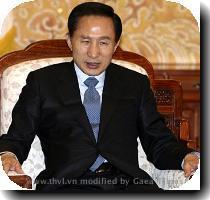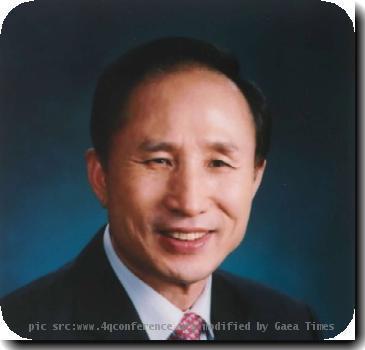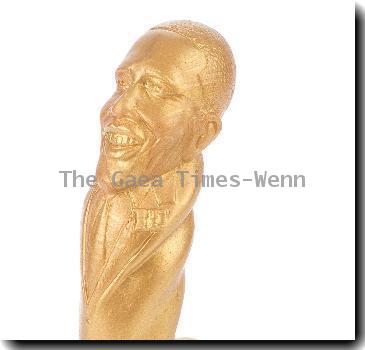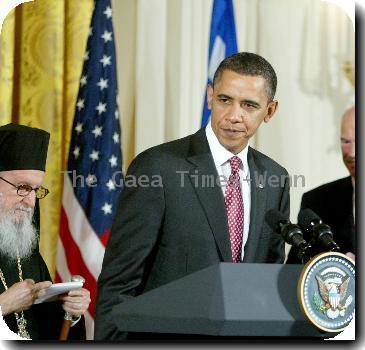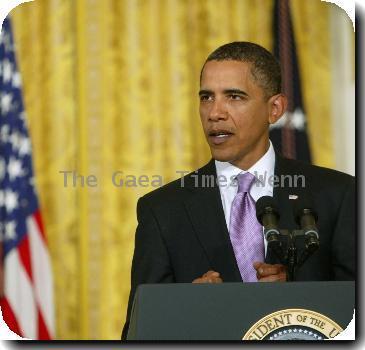Investigators: NKorea fired torpedo that sank South Korean warship
By APWednesday, May 19, 2010
Investigators: NKorea fired torpedo that sank ship
SEOUL, South Korea — Evidence overwhelmingly proves North Korea fired a torpedo that sank a South Korean warship in March, killing 46 sailors, investigators said Thursday.
South Korean President Lee Myung-bak vowed “stern action” for the provocation and called an emergency security meeting for Friday, the presidential Blue House said.
“(We) will take resolute countermeasures against North Korea and make it admit its wrongdoings through strong international cooperation,” Lee told Australian Prime Minister Kevin Rudd in a phone conversation, the presidential office said.
The long-awaited investigation results from a multinational team said a torpedo caused a massive underwater explosion that tore the Cheonan apart on March 26.
Fifty-eight sailors were rescued from the frigid Yellow Sea waters near the Koreas’ maritime border but 46 perished — South Korea’s worst military disaster since the end of the three-year Korean War in 1953.
Fragments recovered from the waters near the Koreas’ maritime border indicate the torpedo came from communist North Korea, investigators said.
Pieces recovered at the sinking site “perfectly match” the schematics of the torpedo included in introductory brochures provided to foreign countries by North Korea for export purposes, chief investigator Yoon Duk-young said.
A serial number on a torpedo fragment also was consistent with markings from a North Korean torpedo that South Korea obtained years earlier, Yoon said.
“The evidence points overwhelmingly to the conclusion that the torpedo was fired by a North Korean submarine,” he said in a nationally televised news conference. “There is no other plausible explanation.”
Investigators also confirmed that several small North Korean submarines and a mother ship supporting them left a North Korean naval base on the western coast two to three days ago prior to the attack, and returned to port two to three days after the attack, he said.
All submarines from neighboring countries were either in or near their respective home bases at the time of the incident, Yoon said.
North Korea, which has steadfastly denied any role in the ship’s sinking, rejected the investigation conclusions, calling the results a “fabrication,” according to a state radio report monitored by South Korea’s Yonhap news agency.
The Unification Ministry said it could not confirm the North Korean radio report.
The incident has raised tensions on the divided Korean peninsula, where the 1950-53 Korean War ended in a truce, rather than a peace treaty.
The land border is the world’s most heavily armed, and the western sea border — drawn by the U.N. in 1953 and disputed by North Korea — has been the site of several deadly naval clashes since 1999.
The civilian and military investigation team included experts from South Korea, the U.S., Australia, Britain and Sweden.
Associated Press writer Jean H. Lee contributed to this report.
Tags: Accidents, Asia, Australia, Australia And Oceania, Barack Obama, East Asia, International Incidents, Lee Myung-bak, North America, North Korea, Seoul, South Korea, Territorial Disputes, Transportation, United States
